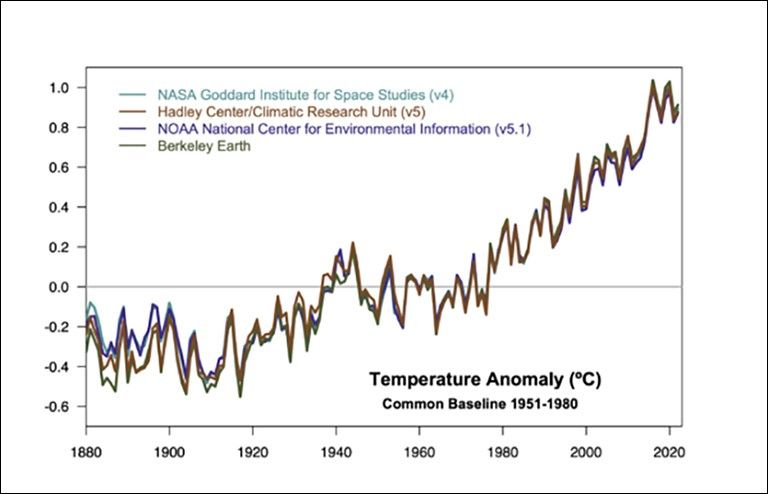Numerical analysis of the observed data, is always a good idea!
As for using a black box analysis of the temperature record, A central tenant of AGW is that climate
feedbacks will amplify forcing warming inputs. to greatly increase warming.
That feedbacks exists is not argued, but the sign and scale of the feedbacks is only simulated.
Because of recent findings (
Ricke and Caldeira) we know that small forcing events reach maximum warming
in about a decade. The aggregate of the climate feedbacks occur within a 10 year lag.
Any warming input, will see it's maximum warming output within a decade.
Within these boundary conditions, the entire temperature record can be evaluated for past feedback levels.
The temperature record does not support the high feedback factors necessary for a 2XCO2 climate sensitivity of 3 C or higher!
Because I calculated TCRE 2XCO2 as both pre and post airborne fraction, you have not identified any error.
We still do not really know which they used, but even if it is pre airborne fraction, it is a 2XCO2 level of 1.71°C.
As for counting up in 1% concentration increments to some cumulative level in GtC,
They could for example count each 4.18 ppm (today's 1%) as 4.18/.44=9.5 ppm, or 20.24 GtC.
Because the simulation is concentration driven, (already post airborne fraction), they could simply look at the
CO2 remaining.
It is not a question of TCR and ECS being comparable, but that fact that ECS is not a good simulation
of how Humans emit CO2, the abrupt doubling, cause artifacts that skew the results.



